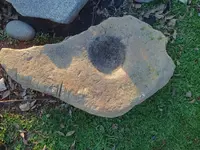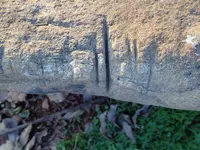OntarioArch
Sr. Member
- Joined
- Nov 26, 2017
- Messages
- 425
- Reaction score
- 1,145
- Golden Thread
- 0
- Location
- Cayuga County NY
- Primary Interest:
- Relic Hunting
An online friend of mine who is a reputable authenticator/dealer identified an artifact for me a while back as a 'sharpener': as I understand it, a tool that was used to - blunt / knock down / dull - the edges of a chert point in preparation for final pressure flaking of that edge. Edges that are slightly blunted flake off sharper, crisper, and more uniformly than they would otherwise. They end up 'sharper'. I am recalling this as I study another estate sale find pictured below. The rock certainly has patina; I do not see any modern machine marks, and that groove is quite pronounced.
Could this be a 'sharpener' tool? (btw.....the name is obviously counter-intuitive: shouldn't it be called a 'dull tool' or 'blunt tool'?) Is 'Abrading Stone' the proper terminology? Thanks!
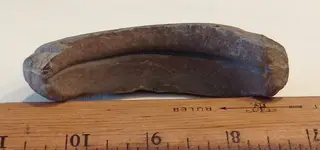
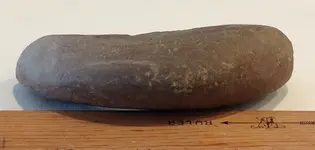
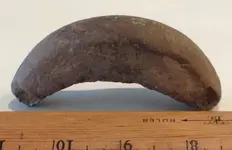
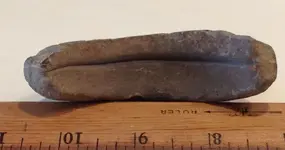
Could this be a 'sharpener' tool? (btw.....the name is obviously counter-intuitive: shouldn't it be called a 'dull tool' or 'blunt tool'?) Is 'Abrading Stone' the proper terminology? Thanks!




Amazon Forum Fav 👍
Last edited:
Upvote
0



